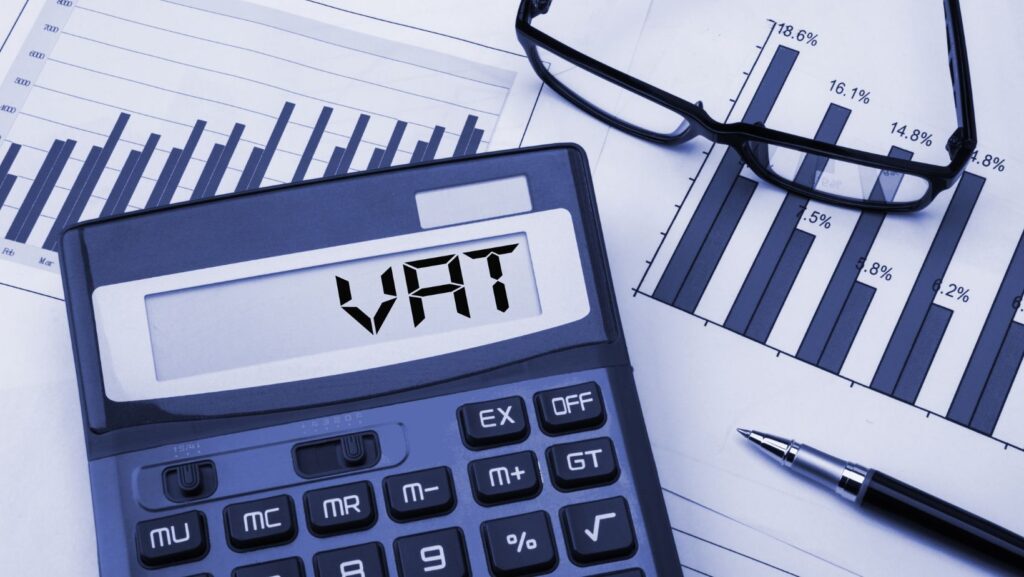Measuring performance is like using a map on a long hike for startups. It shows you where you are and helps you get where you want to be. By tracking key metrics, startups can make smart choices and plan their next moves wisely.
These numbers are more than just figures. They’re signposts guiding the path to success, helping startups focus on what matters for growth and stability.
Burn Rate
Burn rate is the speed at which a startup spends its cash reserves before generating a positive cash flow. To figure out your monthly burn rate, add up all the cash you spend in a month. For the yearly rate, just multiply this figure by 12.
Trimming your burn rate is about keeping a tight leash on your expenses. Focus on what’s necessary and direct your funds towards activities that generate revenue. Smart budgeting can help extend your cash reserve. For instance, when unexpected expenses pop up, knowing your burn rate helps you see if you can cover it with your reserve. It also enables you to gauge if you need a small infusion, like a $300 dollar loan or more, to tide you over.
Customer Acquisition Cost (CAC)
Customer Acquisition Cost (CAC) tells you how much you spend to get one new customer. It’s key to determining if you’re spending too much, as that can cut your profits. To find your CAC, just add all the money you spent on marketing and sales during a period and divide by how many new customers you got.
Lowering your CAC is great for your profits. Making your website better so more visitors buy stuff can help a lot. Also, using social media ads wisely means you’re not wasting money and still reaching the right people. Plus, happy customers telling their friends about you doesn’t cost anything and can bring in more customers, dropping your CAC even further.
Customer Lifetime Value (CLTV)
Customer Acquisition Cost (CAC) tells you how much it costs to get a new customer. It’s important because it helps you determine if you’re spending too much to attract customers, which can affect your profits. To work out your CAC, add up what you spend on marketing and sales, then divide it by the number of new customers you got during that time.
To cut down on CAC, try making your website better at turning visitors into buyers, target your ads more precisely, and get your happy customers to tell others about you. This way, you spend less but still grow your customer base.
Monthly Recurring Revenue (MRR)
Monthly Recurring Revenue (MRR) is the steady income a business can expect every month, which is crucial for evaluating its financial health and sustainability. Tracking MRR involves summing up all recurring charges from subscribers or customers. To optimize it, focus on increasing customer retention, upselling, and acquiring new customers.

MRR plays a pivotal role in forecasting future revenue and financial planning. It allows businesses to predict their income stream, making it easier to budget and plan for growth or adjust strategies as needed to ensure long-term sustainability.
Churn Rate
The churn rate shows how many customers you lose over time. If it’s high, growth slows down because you lose customers as fast as you gain them. To figure out the churn rate, you first divide the number of customers who left by the total number of customers you had initially, then multiply that result by 100.
To keep your churn rate low, ensure customers are happy. Offer great service, listen to their feedback, and keep improving. Rewarding loyal customers also helps. This will keep you more customers, which is key to growing your business.
Gross Margin
Gross margin measures how much of your sales income is profit after taking out the costs of making your product. It’s important because it shows if you’re pricing products right and making enough money to cover expenses and invest in growth. To calculate it, subtract the cost of goods sold (COGS) from total sales revenue, then divide it by total sales revenue.
Improving gross margin can involve carefully lowering costs or increasing prices. Your pricing strategy directly affects your gross margin. Pricing too low might hurt profits, while pricing too high could reduce sales. Finding a balance is critical to healthy gross margins.
Conversion Rate
Conversion rate is how often people visit your website or see your ad and buy something afterward. It’s crucial to understand if your sales and marketing efforts work well. To measure it, divide the number of sales by the number of visitors and multiply by 100.
Improving this rate means making your website or ads more appealing. Conversion Rate Optimization (CRO) is crucial because it helps you get more sales without spending extra on ads or traffic, making your marketing more efficient.
Net Promoter Score (NPS)
The Net Promoter Score (NPS) determines customer loyalty and satisfaction by asking customers about their chances of recommending your product or service. You can calculate NPS by subtracting the percentage of detractors (unhappy customers) from promoters (happy, loyal customers).

A high NPS means many happy customers, while a low score signals issues needing attention. Use feedback from promoters and detractors to improve overall customer satisfaction and potentially increase your NPS over time.
Takeaway
For startups aiming for long-term success, keeping a close eye on these metrics is crucial. Regularly reviewing and acting upon them can steer your startup toward sustained growth. Remember, the process of measurement and optimization is continuous. By constantly analyzing these key indicators, you’re tracking progress and uncovering opportunities for improvement and innovation. Stay committed to this ongoing cycle to ensure your startup survives and thrives.



